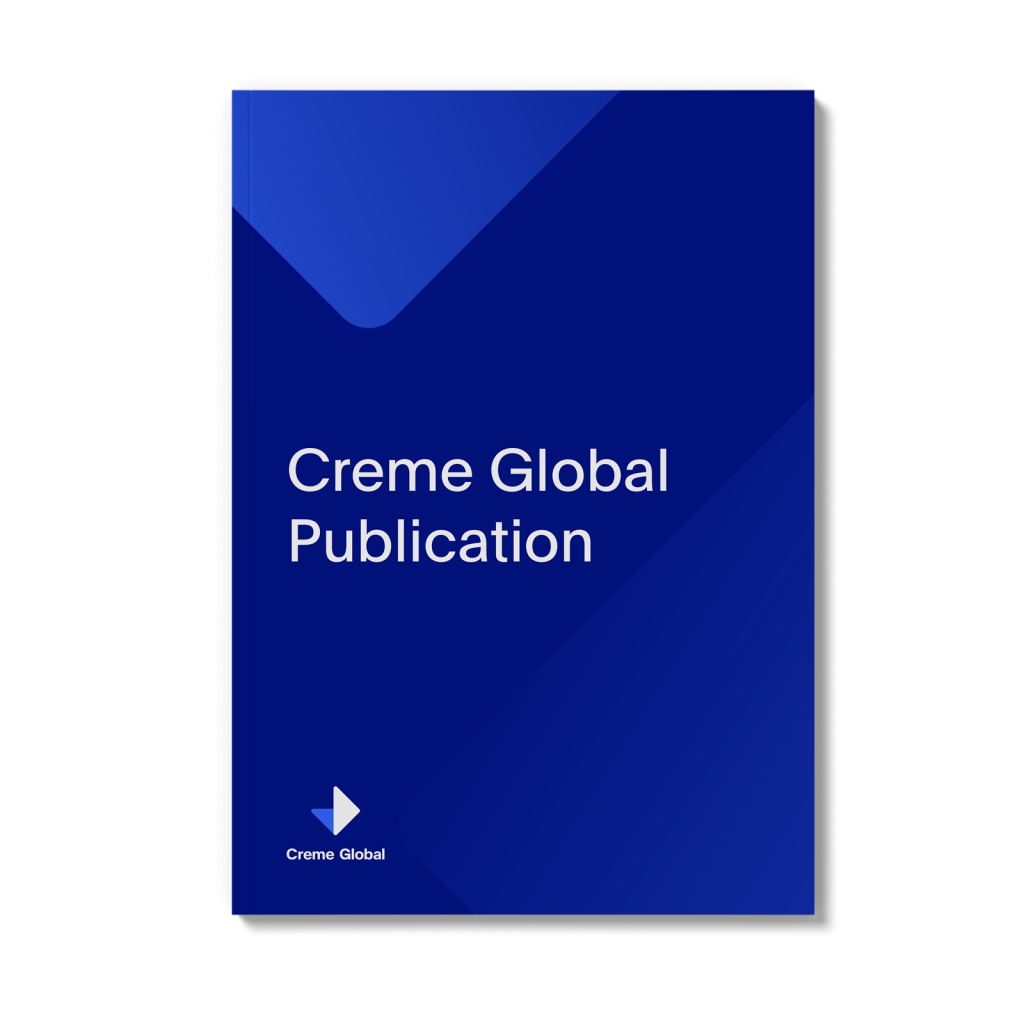Realism is important in estimating consumer exposure to a substance, especially when accounting for exposure from multiple sources. Humans are exposed to vitamin A from food, dietary supplements and cosmetics products. A probabilistic aggregate exposure model was developed for estimating exposure distributions to vitamin A (as retinol equivalents) in pre-/post-menopausal, and menopausal women in European and US populations. Data from large dietary surveys were used, together with realistic and extreme case scenarios of cosmetics product use (including occurrence data for vitamin A presence in 17 cosmetic products). Results of absorbed exposure estimates were expressed as μg/kg bw/day by incorporating dermal and oral bioavailability data. The mean and 95th percentile (P95) aggregate exposures were below the EU Tolerable Upper Intake Limit (3000 μg/day; 45 μg/kg/day internal exposure dose (IED)), providing positive assurances of safety. The major source of vitamin A exposure is the diet, with cosmetics providing only a small fraction of total exposure (2-5% at P95). In addition to providing a realistic assessment of total vitamin A exposure, this work provides a case study on how to approach future complex aggregate exposure questions.
Tozer S, Kosemund K, Kelly S, O’Mahony C.
Toxicology Letters, Volume 238, Issue 2, Supplement, 16 October 2015, Page S368
16/10/2015
Download Publication >>>
Aggregate exposure to vitamin A from cosmetics and the diet

Authors: Tozer S, Kosemund K, Kelly S, O’Mahony C.